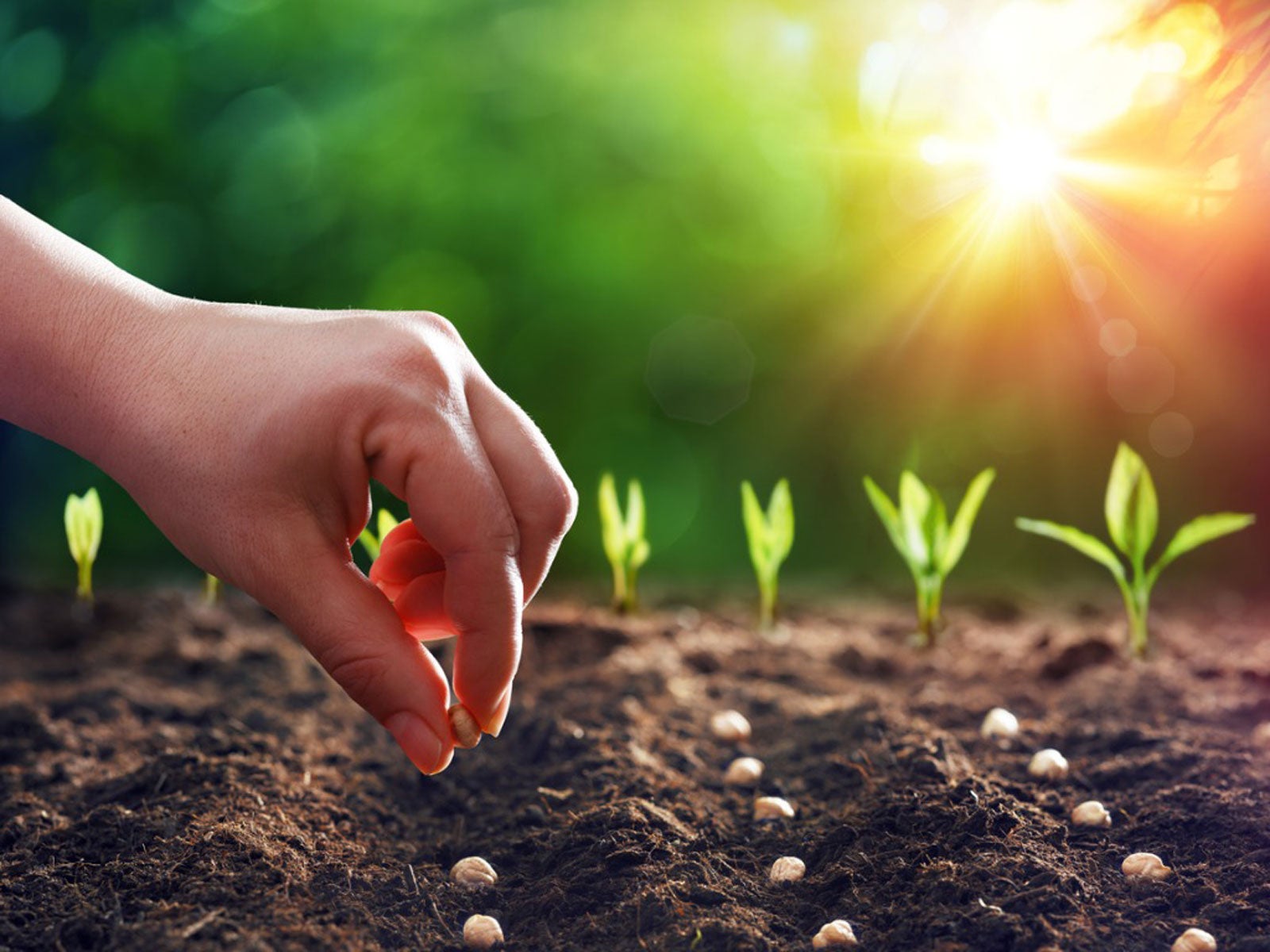When it comes to gardening, the depth at which you plant your seeds can have a significant impact on their success. Planting seeds too deep can lead to a number of problems, including poor germination, stunted growth, and reduced yields. In this article, we will explore the science behind why seeds planted too deep struggle to thrive and provide practical tips for ensuring your seeds are planted at the optimal depth.
Impact on Seed Germination

Planting seeds too deep can have detrimental effects on their germination and subsequent growth. The depth at which a seed is planted influences several factors that are critical for successful germination, including access to moisture, oxygen, and light.
Seeds that are planted too deep may not have sufficient access to moisture, which is essential for imbibition, the process by which the seed absorbs water and begins to germinate. Inadequate moisture can lead to desiccation and death of the seed.
Role of Soil Moisture and Temperature
Soil moisture and temperature play crucial roles in seed germination. Adequate moisture is necessary for the seed to absorb water and initiate the metabolic processes that lead to germination. However, excessive moisture can create anaerobic conditions, which can inhibit germination and promote the growth of pathogens.
Temperature also affects seed germination. Each seed species has an optimal temperature range for germination. Planting seeds too deep can place them in soil layers with temperatures that are too cold or too hot for optimal germination.
Root Development and Plant Health: Seeds Planted Too Deep

Planting seeds too deep can hinder root development, leading to adverse consequences for plant health. The depth at which seeds are planted plays a crucial role in determining the extent and efficiency of root growth.
Inadequate Root Growth
When seeds are planted too deep, the emerging roots encounter excessive resistance from the soil, resulting in stunted growth. This inhibits the development of a robust root system, which is essential for:
- Nutrient uptake: Roots absorb water and nutrients from the soil, which are vital for plant growth and development. Inadequate root growth limits nutrient uptake, leading to nutrient deficiencies and impaired plant health.
- Plant stability: A well-developed root system anchors the plant firmly in the soil, providing stability against strong winds and other environmental stresses. Shallow roots make plants more susceptible to toppling and uprooting.
Planting Depth Recommendations
To ensure optimal root development and plant health, it is crucial to plant seeds at the appropriate depth. The ideal planting depth varies depending on seed size and soil type:
- Small seeds: Plant at a depth of 1-2 times the seed’s diameter.
- Medium-sized seeds: Plant at a depth of 2-3 times the seed’s diameter.
- Large seeds: Plant at a depth of 3-4 times the seed’s diameter.
- Light soil: Plant seeds slightly deeper than recommended for heavy soil.
- Heavy soil: Plant seeds slightly shallower than recommended for light soil.
Seedling Emergence and Sunlight Exposure
/BA65580-56a6d3745f9b58b7d0e5001c.jpg)
Sunlight is crucial for seedling growth, providing the energy needed for photosynthesis, the process by which plants convert light into chemical energy. This energy is used to fuel the seedling’s metabolic processes, including cell division, root development, and leaf expansion.
Planting seeds too deep can delay or prevent seedling emergence. When seeds are planted too deep, they may not have enough energy to reach the soil surface and access sunlight. Additionally, the soil may be too compact or heavy for the seedling to push through.
Strategies for Ensuring Adequate Sunlight Exposure for Seedlings, Seeds planted too deep
To ensure adequate sunlight exposure for seedlings, it is important to plant seeds at the correct depth. The ideal planting depth for most seeds is twice their diameter. This depth allows the seedling to access sunlight while still providing enough soil coverage to protect the roots.
In addition to planting seeds at the correct depth, it is also important to provide seedlings with adequate light once they have emerged. This can be done by placing seedlings in a sunny location or by providing artificial light.